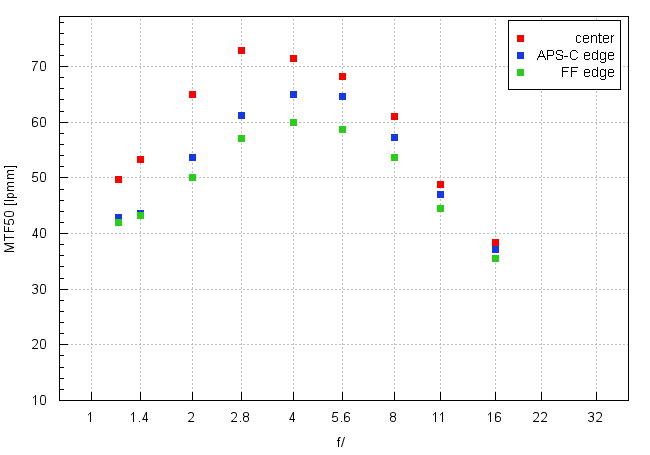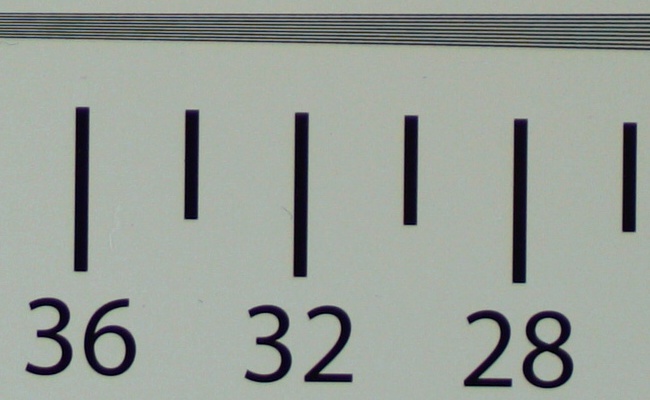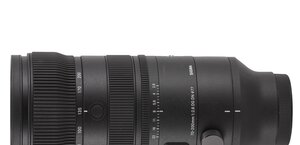Sigma A 35 mm f/1.2 DG DN
4. Image resolution
Let's check how the Sigma A 35 mm f/1.2 DG DN compares – its results in the frame centre, on the edge of the APS-C sensor and on the edge of full frame presents a graph below.

Please Support UsIf you enjoy our reviews and articles, and you want us to continue our work please, support our website by donating through PayPal. The funds are going to be used for paying our editorial team, renting servers, and equipping our testing studio; only that way we will be able to continue providing you interesting content for free. |
- - - - - - - - - - - - - - - - - - - - - - - - - - - - - - - - - - - - - - - - - - - - - - - -
The results in the frame centre are simply sensational. Already at the maximum relative aperture the resolution reaches a good level of 50 lpmm and it improves very fast on stopping down. The peak of its possibilites the lens reaches by f/2.8 with a value of 72.9 lpmm.
With their Art line Sigma have got us used to outstanding, record-breaking lenses and some might feel a bit let down. The Art line and dimensions of the lens promised you a lot. Still do we really have any reasons to complain? Not at all. The result of the Sigma remains the thrid best among our Sony A7R II tests so far; additionally, its performance in the f/1.4- 2.8 range is noticeably better than the performance of the Samyang AF 35 mm f/1.4 FE, designed for the same system. Apart from that even several years ago everybody would be dully impressed if a lens with a similar focal length and f/1.4 aperture had a better result at the maximum relative aperture than by f/16. In the case of the Sigma you deal with a lens which MTFs by f/1.2 are higher than by f/11 – it would be difficult not to be awed by that either.
What's more, the edge of the frame is also worth consulting. Our tests indicate that in the case of mirrorless devices the correction of edges is a bit more difficult than in the case of their reflex camera equivalents. It is, among other things, a result of a short flange distance which might cause noticeable telecentricity problems.
It is clear Sigma took proper care of that problem and the edge of the frame, no matter whether you test the lens on the APS-C or full frame, is corrected in an exceptional manner - even at the maximum relative aperture you get useful images. On stopping down the aperture resolution values approach 65 lpmm in the case of the APS-C sensor and 60 lpmm when it comes to full frame. Such values were beyond reach of the Voigtlander Apo-Lanthar 65 mm f/2 Aspherical 1:2 Macro, which noted record-breaking results in the frame centre, or the Samyang AF 85 mm f/1.4 FE, even though it occupied the second place and was easier to correct. As you see, in a ranking concerning correction of the edge of the frame, the Sigma would be an unquestionable leader of group of lenses tested with the help of the Sony A7R II. Perhaps its performance in the frame centre was sacrificed in order to correct the edge of a very demanding detector in a sensational manner; if so, you have to admit its constructors did a splendid job.
At the end of this chapter, traditionally, we present crops taken from photos of our resolution chart which were saved as JPEGs along with RAWs we used for the analysis above.
| A7R II, JPEG, f/1.2 |
 |
| A7R II, JPEG, f/2.8 |
 |






